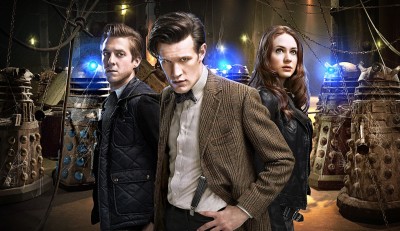
I’ve been a fan of Doctor Who nearly as long as Matt Smith, the current actor in the title role, has been alive. Back when I started watching the series in the mid-1980s, it was a show barely popular enough here to air late Saturday nights on our local PBS station just before the nightly sign-off. Now, nearly 30 years later, Doctor Who has become a bonafide pop-culture phenomena where series actors are mega-celebs and the show has a world-wide audience.
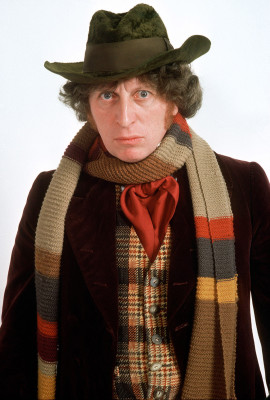
I spent countless Saturday nights literally camped out in front of our TV trying not to fall asleep and make it to the end of the latest episode of Doctor Who but not often being successful.
In its original form, each season of Doctor Who consisted of five or six stories, each of which was told over (usually) four 30 minute weekly TV episodes with “oh my God is the Doctor really dead this time!?” cliffhanger endings meant to lure the viewer back each week. Here in the US, however, these 30 minute episodes were edited together into a complete two hour movie of the week that would be aired all at once. Which meant that there’d be this cliffhanger one minute which would immediately be resolved seconds later.
While Doctor Who wasn’t always popular here, it was popular for decades in Great Britain where it originated. What began in 1963 as a crude black and white TV serial would continue an ongoing series for a staggering 26 years before finally ending in 1989 after some 230+ episodes had aired.
What makes Doctor Who so long lasting is that, through the miracle of sci fi, the actor playing the Doctor is regularly swapped out with a new actor every so often. And with these new actors comes new and different takes on the character of the Doctor leading to new and different stories than what had come before. Some Doctors are serious and some are silly. Some are young and some are old. Some are nice and some are not so nice.
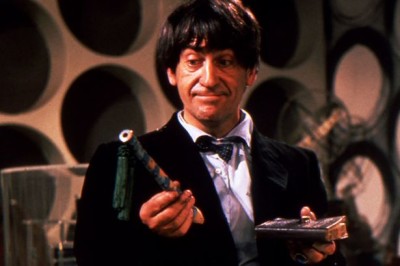
The current version Doctor Who is much different than the one I grew up with. Now, the character is much more teen oriented, to the point where he’s almost a hipster. And while here in the US the classic version of Doctor Who was always a niche series at best, the modern version of the character has gotten popular enough to be featured on the covers of magazines like EW.
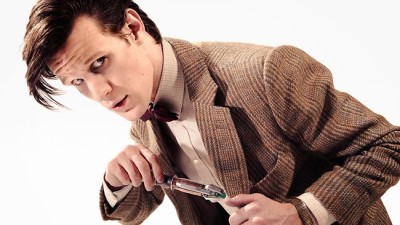
To me, though, I loved the classic version of Doctor Who but only kind’a like the modern hipster Doctor.
That being said, this Christmas current Doctor Matt Smith, age 31, is set to be replaced by a new Doctor, Peter Capaldi, age 55. So who knows what that older version of Doctor Who will be like? Will he be more Patrick Troughton than Matt Smith? Only time will tell.
The classic version of Doctor Who was cancelled in ’89 and other than an attempt at creating an American version of the show on Fox in ’96 the character was essentially dead and gone. It took the revitalization of the series by writer Russell T. Davies in 2005 that introduced a new, modern, hipper version of the character that would launch the Doctor to world-wide popularity.
Now, Doctor Who is popular enough that friends of mine who don’t do sci-fi watch and like the show because it doesn’t seem overtly like science fiction.
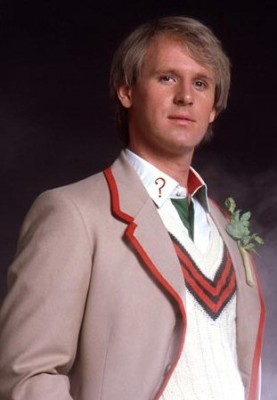
The only thing that bugs me about the current version of Doctor Who is that it mostly ignores anything that came before ’05. Sure, there’s been TV specials this year about previous Doctors and even Netflix carries a smattering of old stories. But, for the most part, I get the sense that the older Doctor Who is intentional being ignored, especially here in the US.
It’s probably the same feeling that fans of the original Star Trek got when Star Trek: The Next Generation premiered and mostly ignored the original show. I guess that just means I’m the old fart pining for the good old days.
Doctor Who: Day of the Doctor, Doctor Who‘s 50th anniversary special it set to premiere November 23 on BBC America. My favorite actor who portrayed the Doctor is, was and always will be, Peter Davison, the fifth Doctor. Visit me online at DangerousUniverse.com.